Recent deep-sea explorations have unveiled a wealth of new species in the Southern Ocean, notably around underwater mountains off Chile. Advanced remotely operated vehicles (ROVs) enabled scientists to identify over 100 potential new species, including deep-sea corals, glass sponges, squat lobsters, and various crustaceans. These discoveries highlight the rich biodiversity of the ocean’s depths and underscore the importance of continued exploration and preservation efforts.
Colossal Squid Sighting
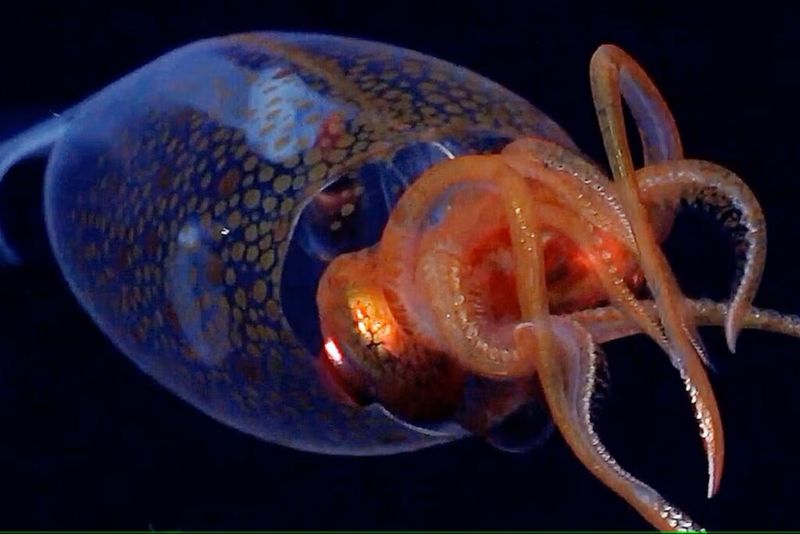
The colossal squid, rarely seen by humans, was captured on camera in a breathtaking encounter. Its enormous eyes and elongated tentacles create a formidable presence. The squid’s habitat, deep in the Southern Ocean, provides an isolated environment perfect for such giants.
This sighting offers a glimpse into the mysterious world of these elusive creatures. Researchers are eager to study its unique adaptations, shedding light on the ocean’s hidden giants.
Did you know? The colossal squid’s eyes are the largest in the animal kingdom, perfectly evolved for the pitch-dark depths they inhabit.
Glass Sponges
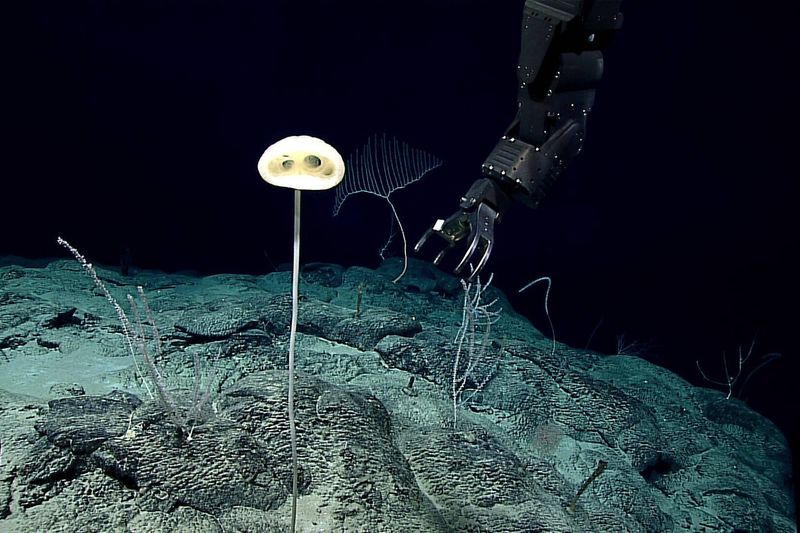
Glass sponges, with their intricate and delicate structures, were discovered thriving in the deep-sea environment. Their unique ability to filter water makes them essential to the ecosystem.
These sponges have evolved to survive in nutrient-poor waters, showcasing nature’s ingenuity. Surprisingly, they can live for thousands of years, forming complex habitats for other marine life.
Fun fact: Glass sponges possess a skeleton made of silica, giving them their glass-like appearance and remarkable durability. This discovery highlights the importance of preserving such fragile underwater wonders.
Squat Lobsters
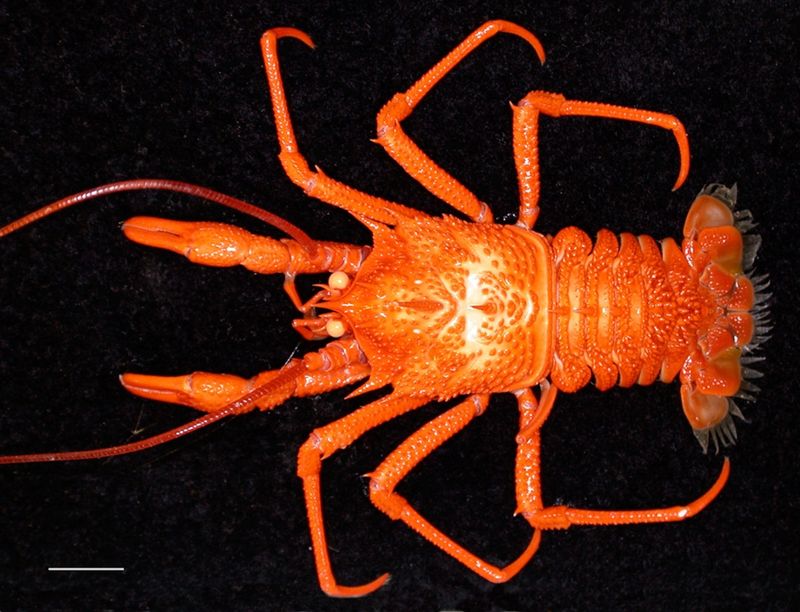
Among the fascinating discoveries is the squat lobster, a vibrant crustacean with a unique appearance. Its colorful shell and elongated claws make it a striking inhabitant of the deep sea.
These lobsters are found in crevices and under rocks, playing a crucial role in the marine ecosystem. They help maintain coral health and provide a food source for other creatures.
Interesting tidbit: Despite their name, squat lobsters aren’t true lobsters. They’re more closely related to hermit crabs, revealing the complex relationships within oceanic life.
Deep-Sea Corals
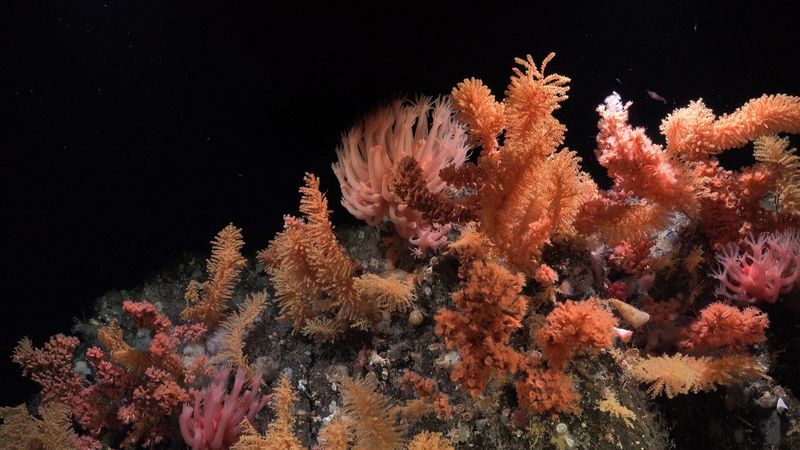
Deep-sea corals, with their vivid colors and complex structures, are another remarkable find. These corals thrive in the ocean’s depths, where sunlight barely penetrates.
They provide essential habitats for marine species, supporting biodiversity in harsh environments. These corals are slower growing than their shallow-water counterparts but are more resilient to temperature fluctuations.
Did you know? Deep-sea corals can live for thousands of years, offering vital insights into the Earth’s climatic past through their growth rings.
Unique Crustaceans
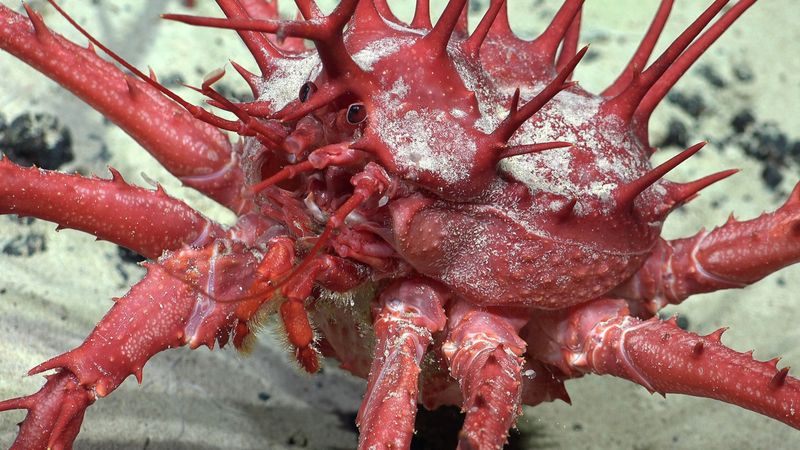
The discovery of various new crustaceans showcases the diversity of life in the ocean depths. Each species exhibits unique adaptations, from their striking colors to their unusual body shapes.
These crustaceans play significant roles in nutrient cycling and serve as prey for larger animals, maintaining the oceanic food web. Some even exhibit bioluminescence, lighting up the dark waters.
Interesting fact: Bioluminescent crustaceans use light to confuse predators or attract mates, illustrating the wonders and complexities of survival in the deep sea.

